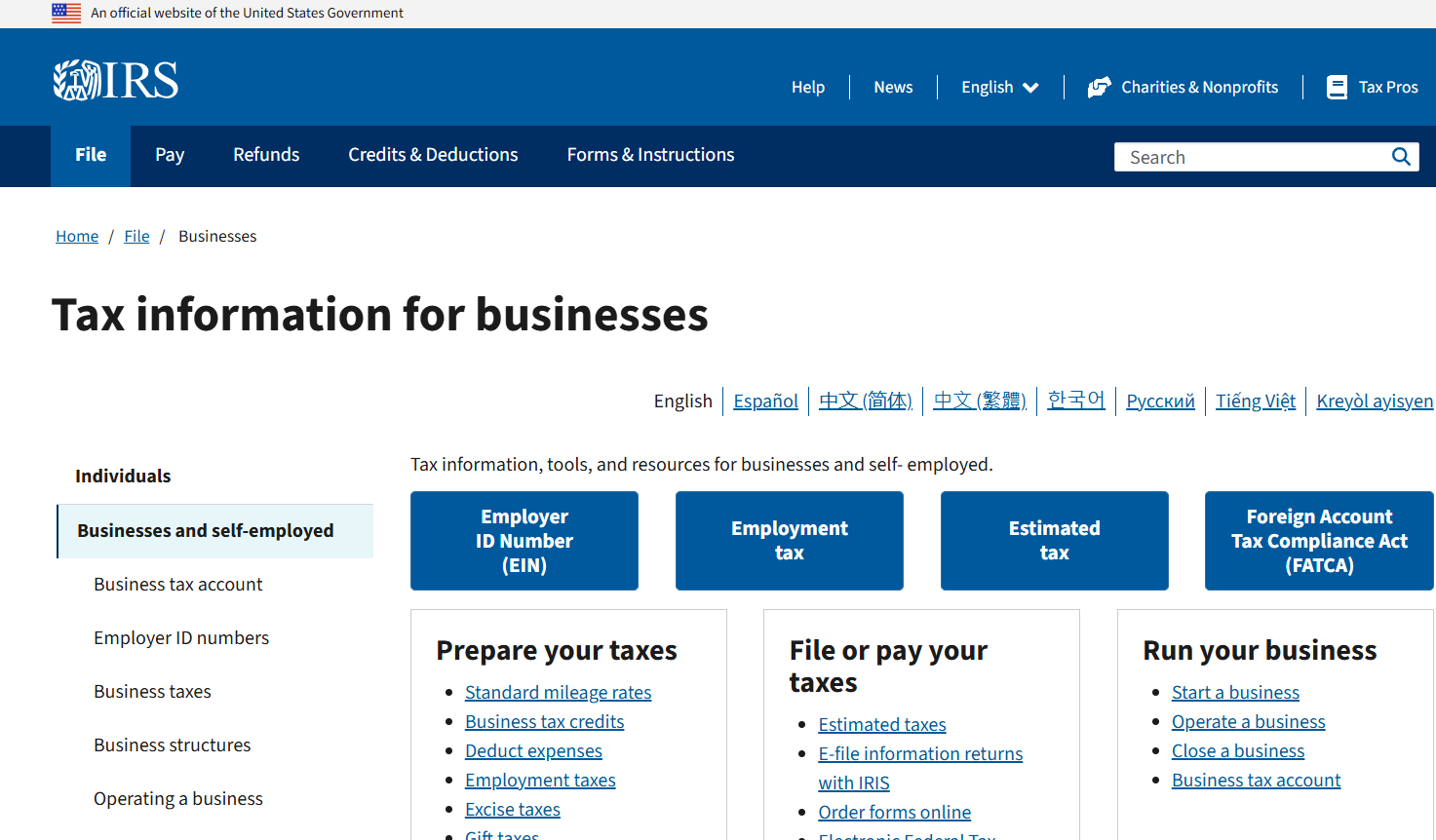Understanding the Alternative Minimum Tax (AMT) for Individuals
by Gregory S. Dowell
The Alternative Minimum Tax (“AMT”) is best thought of as a parallel tax code. Because tax law gives special treatment to certain kinds of income and allows special deductions for certain kinds of expenses, the AMT was designed to increase the tax bill of taxpayers who take undue advantage of these tax benefits to avoid significant tax liability.
The basic mechanism by which the AMT accomplishes its objective is by treating certain items less favorably than they are treated for purposes of the regular tax. These items are referred to as “tax preferences” or “adjustments.” Adjustments differ from preferences only in that adjustments involve a substitution of a special AMT treatment of an item for the regular tax treatment (for example, no deduction is allowed for personal and dependency exemptions), while a preference generally involves the addition of the difference between the special AMT treatment and the regular tax treatment (for example, depletion is limited to the adjusted basis of the property).
You compute the AMT on a special IRS form (Form 6251) that must be attached to your Form 1040. The AMT starts with your regular taxable income and, in general, makes you “give back” the tax preferences and adjustments until you arrive at “alternative minimum taxable income” (AMTI). Then, after subtracting an exemption amount (discussed below), a tax rate of 26% applies to the first $186,300 in 2016 ($185,400 in 2015) of this income and 28% to amounts above $186,300 in 2016 ($185,400 in 2015). For married taxpayers who file separately, the rate changes at $93,150 in 2016 ($92,700 in 2015). However, the AMT rates for long-term capital gains, as well as dividends that qualify to be taxed at long-term capital gain rates, are the same favorable rates that apply for regular tax purposes.
Getting back to the parallel tax code concept, if the tax liability under the AMT system is higher than your regular tax liability, you must pay the higher amount. If the AMT liability comes out below your regular liability, then the AMT has no tax impact on you and you simply pay the regular tax.
You may be subjected to the AMT even if you have no tax preferences. For example, if you have a large family, elimination of the personal and dependency exemptions to which you are entitled for regular tax purposes may cause you to be subject to the AMT.
Adjustments and preferences. The following are some of the more common adjustments or preferences required to arrive at AMTI:
(1) Tax-exempt interest. Tax-exempt interest from certain private activity bonds (other than qualifying bonds issued in 2009 or 2010) isn’t exempt for AMT purposes. Thus, although you exclude this interest from your regular taxable income, you must include it in AMTI.
(2) Interest deduction. For AMT purposes you can only deduct mortgage or home equity loan interest on funds you borrowed to buy, build, or substantially improve your home or a second residence (or on the refinancing of that debt). So, if you claimed a regular tax deduction for interest on a home equity loan that you didn’t devote to the home, you would have to add it back in determining AMTI. Also, an adjustment may have to be made to your investment interest deduction in some cases for AMT purposes.
(3) State and local tax deduction. For AMT purposes, you get no deduction for state and local income taxes, or real estate or other property taxes, although a deduction is allowed for regular tax purposes. So you will have to add any income or property taxes you deducted for regular tax purposes back to taxable income in determining AMTI.
(4) Medical expenses. If you are deducting any medical expense for regular tax purposes, some of the deduction may be lost for AMT purposes. For regular tax purposes, for taxpayers age 65 or older, medical expenses are deductible to the extent they exceed 7.5% of adjusted gross income (AGI) for taxpayers. For AMT purposes, however, medical expenses are only deductible to the extent they exceed 10% of AGI. Thus, these taxpayers would compute their reduced deduction amount and add the difference back to taxable income in determining AMTI. (For example, if your “regular” medical deduction was $8,000 and your AMT medical deduction is $6,000, you would add back $2,000 to taxable income.)
(5) Miscellaneous itemized deductions. If you are entitled to a regular tax deduction for any miscellaneous itemized expenses (these are deductions that are limited, even for regular tax purposes, to the excess over 2% of your AGI), you would not get any deduction for them for AMT purposes, regardless of what they are comprised of.
(6) Personal and dependency exemptions. These aren’t allowed. You must add them back to your regular taxable income in determining AMTI.
(7) Standard deduction. If you take the standard deduction instead of itemizing, you must add back the deduction to determine AMTI.
(8) Incentive stock options (ISOs). The favorable tax treatment allowed for ISOs isn’t allowed for AMT purposes. This means that although you don’t pay any regular tax when you exercise an ISO, you may have to pay AMT on the value of the stock you receive (minus what you paid for it) in the year you exercise the ISO unless you sell the stock that year. This is true even if the stock price declines significantly after you exercise the ISO.
(9) Depreciation deductions. For certain depreciable property, the depreciation schedules are slower for AMT purposes than for regular tax purposes. Therefore, some adjustments may have to be made in your depreciation deductions, and in the gain or loss on the sale of this property.
(10) Depletion. For AMT purposes, depletion is allowed only to the extent of your adjusted basis for the property.
(11) Other preferences. Other types of preferences may apply depending on your particular tax situation. Please call if you would like me to review your overall tax situation from the AMT perspective.
Exemption amounts. As noted above, in computing your AMT, after you arrive at AMTI, you subtract an exemption amount. For single taxpayers, the exemption amount is $53,900 in 2016 (and $53,600 in 2015). However, you must reduce the exemption by 25% of the amount by which AMTI exceeds $119,700 in 2016 (and $119,200 in 2015). For married taxpayers filing jointly and surviving spouses, the exemption amount is $83,800 in 2016 (and $83,400 in 2015), and the 25% reduction starts when AMTI exceeds $159,700 in 2016 (and $158,900 in 2015). For married taxpayers filing separately, the exemption amount is $41,900 in 2016 (and $41,700 in 2015), and the 25% reduction starts when AMTI exceeds $79,850 in 2016 (and $79,450 in 2015). In addition, a married-filing-separate individual may have to include an additional amount in AMTI.
A nonrecurring spike of income-for example, the recognition of a significant amount of capital gains in a year-might trigger the phaseout (under the 25% reduction rules discussed above) of your AMT exemption, which could result in an AMT liability. This could happen even though, as mentioned above, the AMT rates on long-term capital gains and qualified dividend income are the same favorable rates that apply for regular tax purposes. The inclusion of long-term capital gains in your taxable income, as well as in your AMTI, might also affect your entitlement to various deductions and credits, and the amounts of AMT preferences and adjustments, that vary or phase out depending on the amount of your income.
AMT credit. Once you are subject to the AMT, you may be entitled to a credit (the “minimum tax credit” or “AMT credit”) which can reduce your tax liability in the future. You generally can’t use the minimum tax credit to get a tax refund. Please let me know if you would like additional information about this AMT credit.










